Part of the Club
Sometimes, even when we get all the tax credits and rebates we can, we still won’t be able to afford a solar array for a while. While you save up or your community works together on a solar plan, here are some ideas to help you be more energy independent. Energy independence does not have to be exclusive to those with more money.
While you’ve likely heard the phrase floating around these days, you might still be wondering, what exactly is energy independence? Simply put, it’s the ability to generate a sustainable amount of fuel/energy to meet demands (of an individual, a country, or any other chosen population size). Governments are of course concerned with achieving it so that they have less reliance on those outside of their governance, but individuals can benefit on their own as well. Being able to reduce your power bill costs and even gain freedom from your utility provider can help in all sorts of ways.
By now, practically everyone has heard of how much money going solar can save you, or how much it can increase your home’s worth. Along those lines, you’ll also gain budget stability as your bills tend to get more predictable and lower after energy independence. If there are electrical storms, grid failures, or anything else that would cause power outages, you can rest assured that your energy supply is safe. An important benefit for many is that you’ll also gain independence from unwanted reliance on utility companies or other countries.
Once someone knows the ways that creating and harvesting clean energy will improve their life, they’re usually jumping to try it for themselves. But maybe you’re a new homeowner working toward getting furniture or a parent needing to buy school supplies for your kids. You just don’t have the money right now for an investment like solar panels, even though you want to. So you form an energy plan that will allow you to still save money and help the environment until you can do more.
A good place to start is by becoming aware of your habits. Little things like air-drying your clothes more often than you use the dryer or turning off all the lights except the ones you need in the room you’re in can make a big difference over time. In addition to those active changes, you can also make passive ones by making your home more energy efficient. When you update your lightbulbs, seal your ducts, or use smart technology to keep things on track, you’re continuing to build your pile of savings.
Outside of your home, you can try out different modes of transportation. If you can bike or walk to your destination, whether it be to the grocery store or where you work, you’ll not only be adding to your energy independence, you’ll be getting in some exercise too. Public transportation like buses or lightrail are great for longer distances. Along those lines, shopping locally is another great way to reduce transportation costs. If the vendors are from your area, you’re helping cut down on the fuel used to ship goods – and, of course, benefitting the growth of your local economy. It’s a win-win situation.
Since you’re already on this journey, why not recruit more people to join you? Encourage your family, friends, even neighbors to make changes too. The more people who are energy independent, the better for their wallets and the world. Plus, having people to share ideas with and who will support you as you support them will help keep you on track.
Even if solar’s not for you because you can’t afford it right now, there are plenty of ways to increase your energy independence. Renewable energy should not be exclusive, but until it’s easily accessible for all, you still have other options. With the energy independence examples you now have, you can blaze a trail for others to follow as you adapt to a new lifestyle.
FREE CONSULTATION
Claim your basic human right to clean, affordable solar now. Schedule a free, no-pressure consultation with one of our experts.




